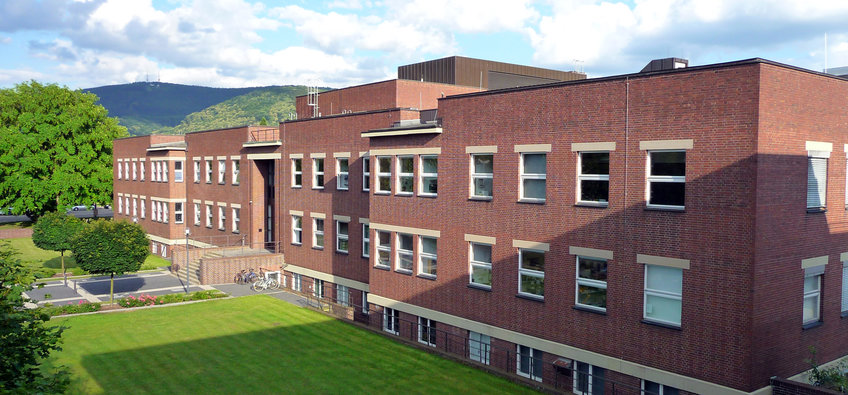
Max Planck Institute for Medical Research
At the Max Planck Institute for Medical Research, physicists, chemists and biologists create knowledge of long-term relevance to basic medical science. The institute has a unifying theme: observing and controlling the vastly complex macromolecular interactions in the context of cells - both in health and disease. The presently four departments contribute to this goal through their complementary expertise. They work on optical microscopy with nanometer resolution, on the design of chemical reporter molecules, on macromolecular structure determination and on cellular, materials and biophysical sciences. The institute has a distinguished history of fundamental breakthroughs, evidenced by six Nobel Prizes awarded to its researchers since its foundation.
Contact
Jahnstraße 2969120 Heidelberg
Phone: +49 6221 486-0
Fax: +49 6221 486-351
PhD opportunities
This institute has no International Max Planck Research School (IMPRS).
There is always the possibility to do a PhD. Please contact the directors or research group leaders at the Institute.








